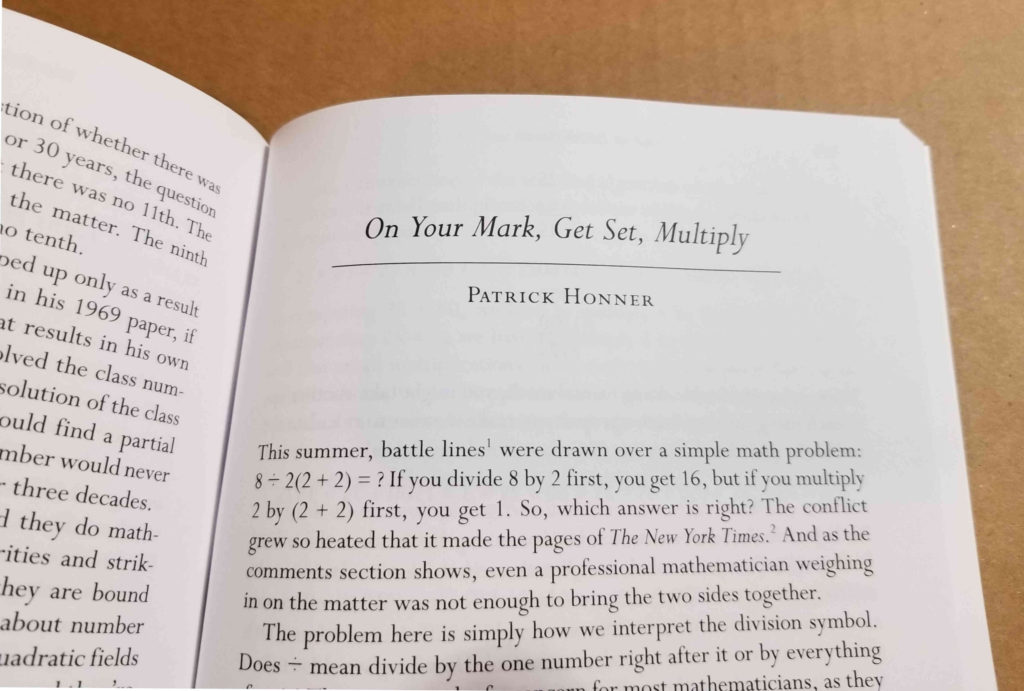I reached a benchmark of sorts this past week. I taught a new lesson.
In a sense, everything I’ve been doing this year is new. Remote teaching means new classroom routines, new assessment strategies, new procedures for facilitating collaboration, all sitting on top of a fundamentally new way to gather and conduct class using new technologies.
But despite all the newness, I’ve mostly been adapting existing instructional materials to fit this new reality. Well, more like because of all the newness. With so much effort being expended adapting to everything that’s new, having quality existing materials to rely on has been invaluable so far.
And in reality, adapting those existing materials to remote learning has been its own challenge. It’s not as though I can just run out the same lesson, the same task, the same problem set as before. Classes are longer, the semester is shorter, the medium is fundamentally different. I can’t simply do what I have done. Putting my existing materials into practice itself has seemed like a new job.
Which is why teaching a new lesson is something of a breakthrough for me. Three months in, I’m a bit more comfortable with what I’m doing and how I’m doing it. I’ve been experimenting with platforms likes Geogebra Classroom and Desmos Activity Builder, which have helped me recreate some of what’s been missing in my classroom, but have also given me an opportunity to take new approaches with old ideas.
Last week I introduced parallelograms with a Geogebra Classroom activity that had kids playing with quadrilaterals and conjecturing about the consequences of parallelism. They were able to explore, make observations, and outline proofs together. In Calculus I changed my approach to integration by substitution, emphasizing the process as a change of variables instead of an algebraic procedure. I designed a Desmos activity that allowed students to experiment and transform integrals and hypothesize about the consequences.
The methodology isn’t new for me: I always try to bring ideas to students through exploration and conjecture. But it’s been hard to figure out how to do that effectively in remote learning. Now I’m getting familiar with new tools that create new opportunities for teaching, and I’m starting to feel comfortable taking advantage of those opportunities.
I love reflecting on how I present mathematical concepts and then redesigning lessons around those new ways of thinking. It’s one of my favorite professional challenges as a teacher, and being able to do it again was a much-needed reminder of how fun teaching can be. My only concern now is what’s going to happen to these lessons when things go back to normal?
Related Posts



